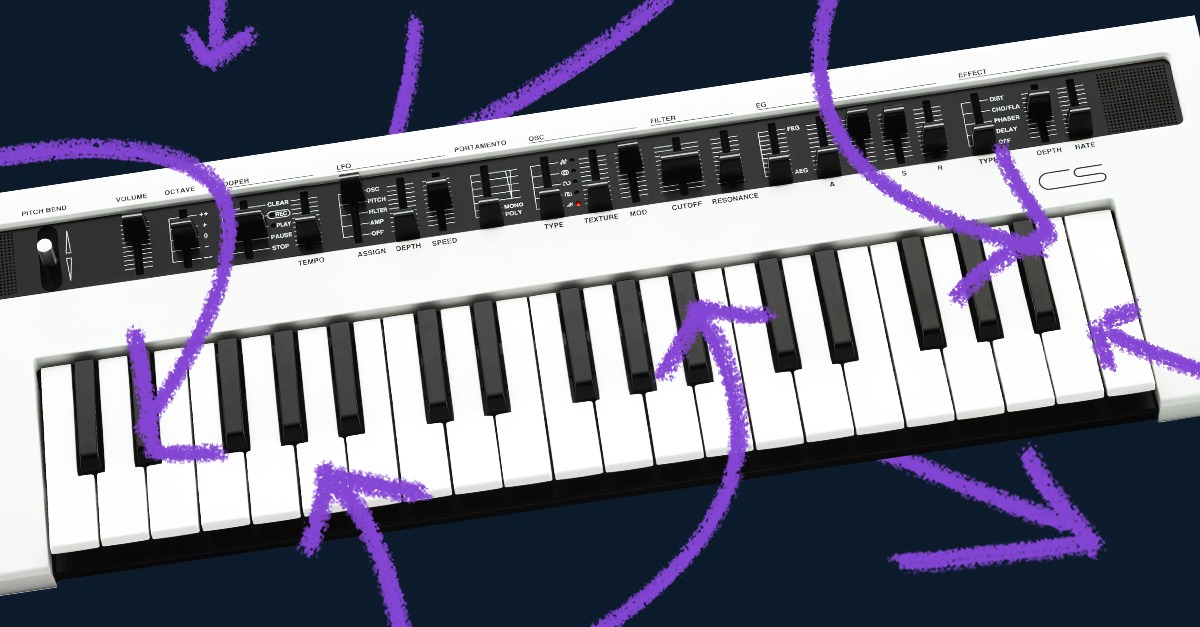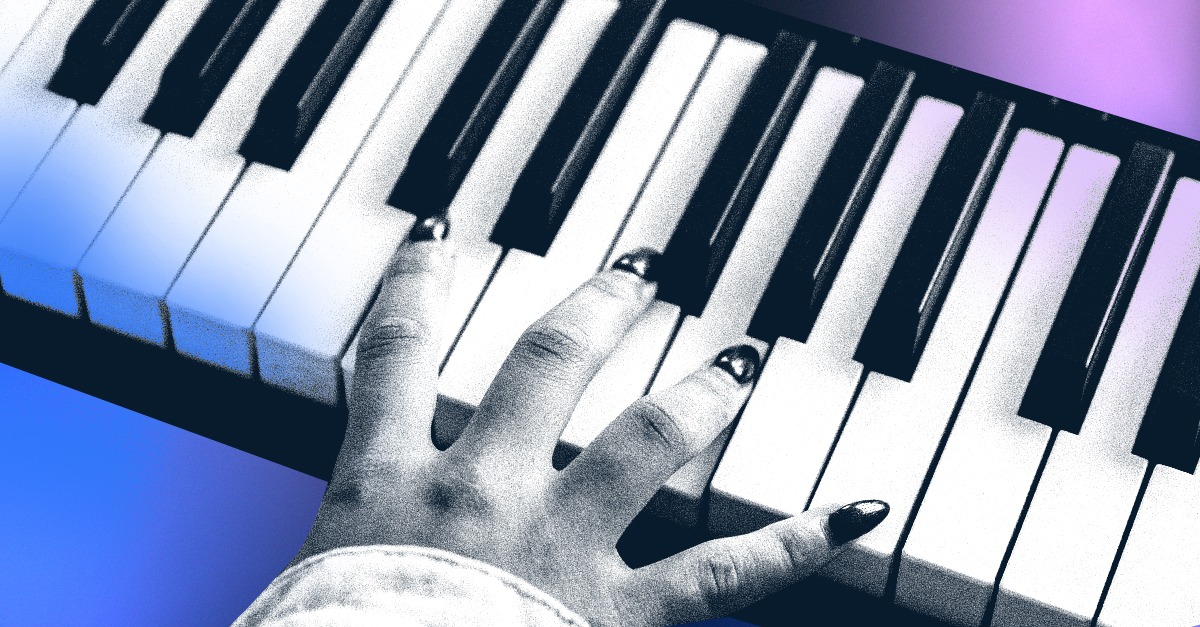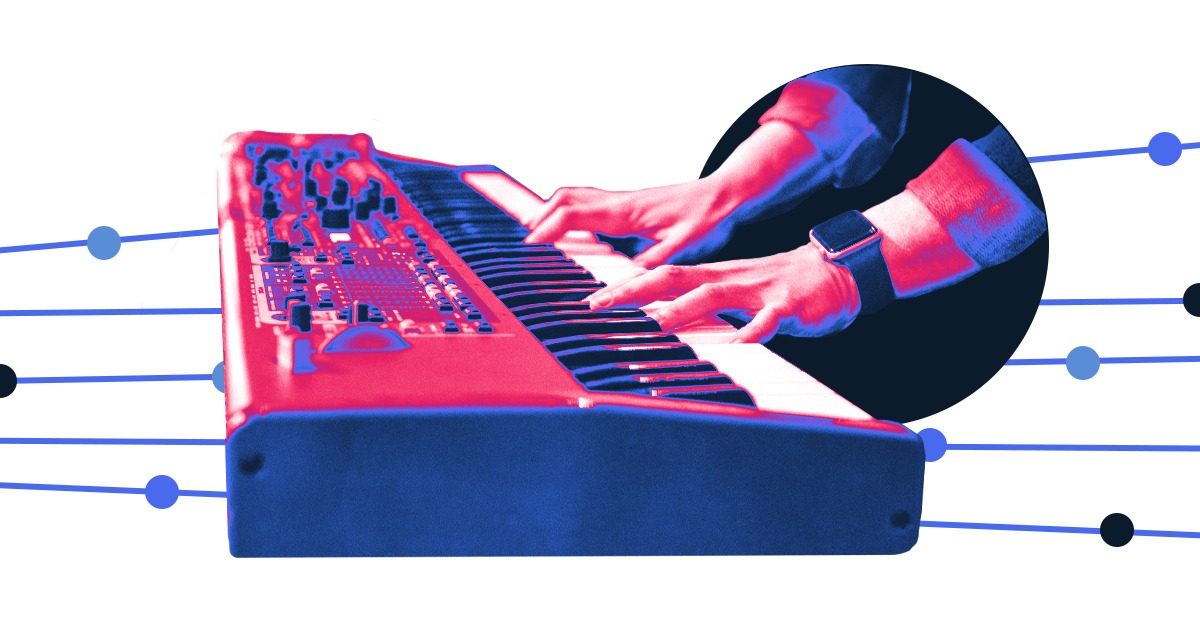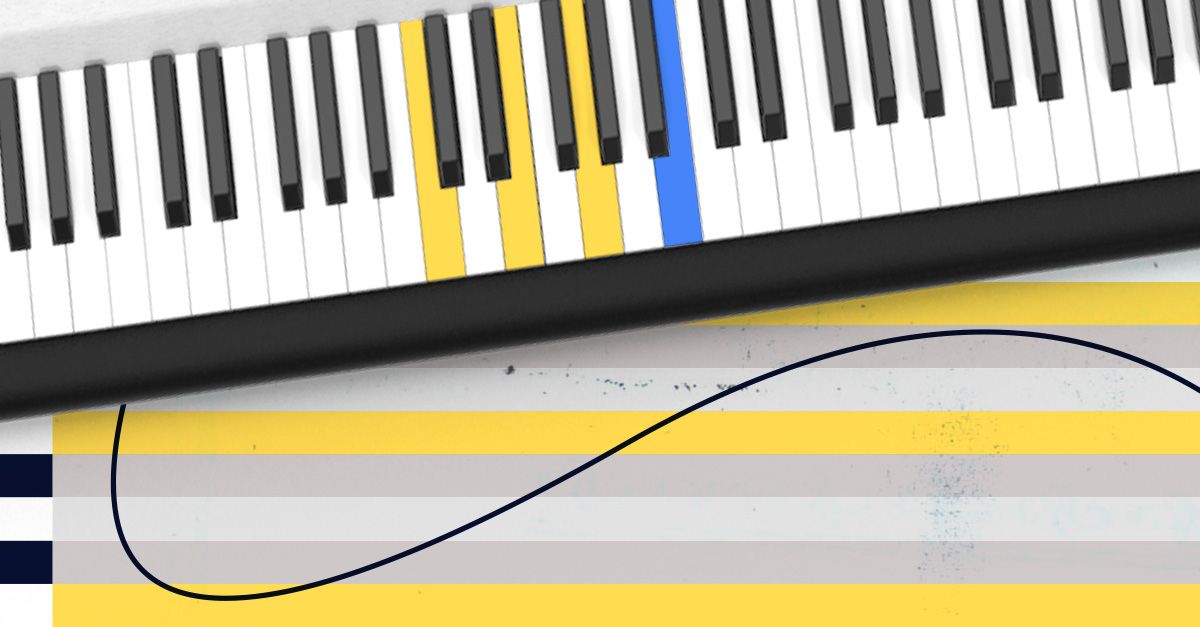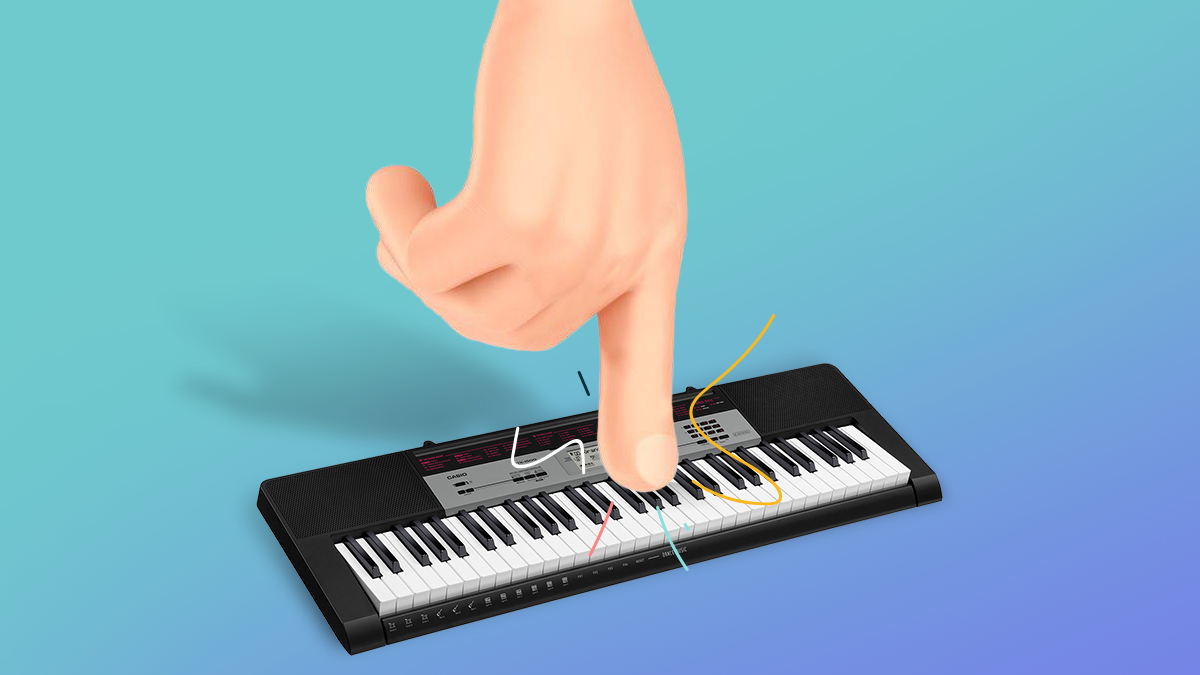
Ear Training for Musicians: Mastering Music by Ear | LANDR Blog
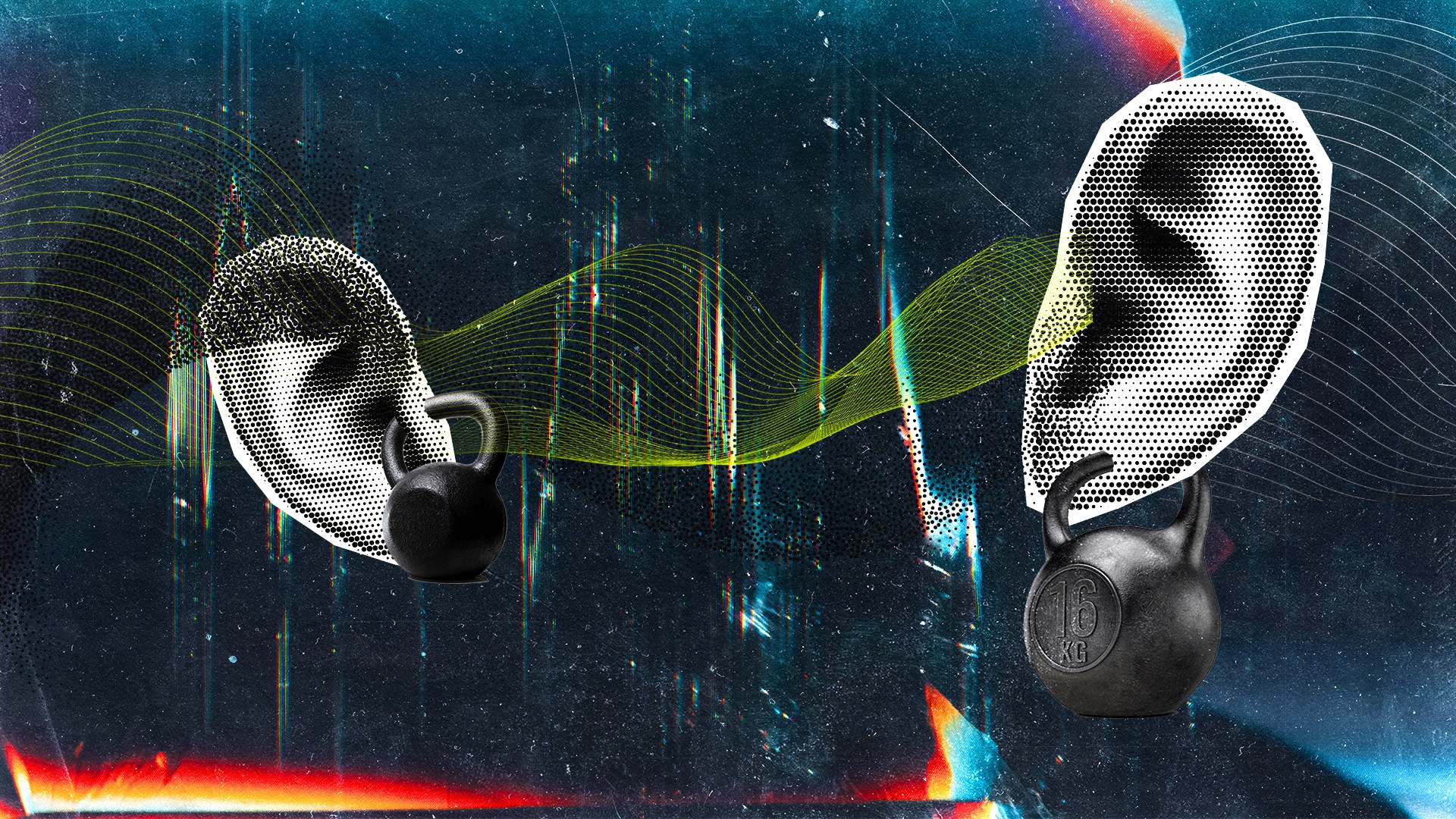
Ear training is one of the most important skills to develop as a musician.
Practicing your instrument, learning music theory and honing your production skills are all essential.
But developing your ear can unlock enormous potential for your creativity and musical ability in general.
Ear training is a notoriously challenging discipline, but it shouldn’t be intimidating to get started growing your abilities.
In this article I’ll break down the fundamentals of ear training, and suggest ways to begin your journey.
Let’s get started.
What is ear training?
Ear training is the musical discipline associated with recognizing musical material by ear.
It includes identifying intervals, rhythmic patterns, chord qualities and other musical features by listening alone.
Ear training is part of the larger practice of musicianship that includes fundamental skills like sight reading and melodic dictation.
Today, ear training has expanded to include aural skills associated with music production such as identifying frequency ranges for equalization.
Why learn ear training?
Ear training gives you an internal reference point for the notes, chords and progressions in music you’re playing or writing.
It allows you to situate yourself in the musical texture and recognize musical gestures as they happen.
If you like to improvise on your instrument, ear training will supercharge your ability to execute your ideas on the fly.
Not only that, it helps you translate what you hear in your head when writing music.
If you’re working on a melody or progression and have a sense for what comes next, ear training will help you get it down faster and easier.

Just getting started? Learn the notes of the musical scale.
Ear training basics
Musical intervals
A musical interval is the distance between two tones expressed in scale steps. They’re the raw material of chords, melodies and progressions.
That makes identifying them by ear is a huge focus in ear training.
Typical ear training exercises for intervals work by playing two tones one after the other.
The drill is to correctly identify the number and quality of the interval promptly after hearing it.
This skill requires regular practice to improve and maintain. Luckily you’ll find plenty of ear training apps dedicated to helping you grow your skills.
Musicianship skills
Work on the nuts and bolts of musical practice.
Chord quality
Along with musical intervals, you need to be able to identify the quality of a chord when you hear it in isolation.
That might seem simple if you’re just thinking of major and minor chords in root position.
But add seventh chords, extensions and chord inversions and things get tougher!
Even so, learning to hear these types of chords is the gateway to using them in your own music.
Identifying chords promptly after hearing them is another common drill in ear training.
Scale degrees
It’s important to know your intervals and chords. But you’ll also need to use your ears to find your position in the musical scale.
Some ear training exercises are focused on identifying the scale of a note that follows one or more chords in a progression.
In these drills you’ll hear a few chords and then a bass note or chord root. Then you’ll have to identify its degree within the scale.
Chord progressions
Building on the previous exercises, identifying chord progressions by ear is usually the next challenge in ear training.
If you’ve ever wished you could sit down with your instrument and play a song by ear, this is the one for you.
Exercises to train this skill usually consist of a given initial chord and a series of changes to be identified.
Learn chord progressions
Create compelling chord sequences with these guides.
Ear training for producers
Traditional ear training is a skillset that every musician can benefit from developing.
But there’s more to working on your aural skills than just notes and chords.
Today’s creators need to hone their ears when it comes to production elements as well.
The most common of these is identifying frequency ranges for equalization.
What frequencies do you boost if you want to increase air and sheen in your mix?
Which do you decrease to clear out muddy sound?
The best way to get it right is to have a grasp of the frequency spectrum in Hz.
Similarly, learning to hear dynamics rather than sound texture is another big hurdle for new producers.
But it’s absolutely essential in order to use compression and expansion correctly.
These days there are a number of tools available to help you train your producer’s ear.
How to learn ear training
Ear training is a staple of traditional music education.
If you’ve ever been enrolled in music instruction, you’re probably familiar with the way it’s taught.
But not every aspiring musician has access to a teacher to give them dictation.
That’s where ear training apps come in.
These are digital tools you can use to give yourself nearly endless ear training drills to practice.
Not only that, ear training apps are often set up like games to encourage you to get to the next level and achieve a high score.
These days there are a huge variety of tools out there, each with different benefits for different types of learners.
Head over to our in-depth guide to ear training apps for an overview of the best choices.
Train your ear to hear
Ear training can be challenging for beginners, but there’s nothing to be afraid of if you understand the basics.
Once you get started, the improvements you’ll feel in your abilities will get you hooked.
If you’ve made it through this article you’re ready to take the first steps on your journey with ear training.
Gear guides, tips, tutorials, inspiration and more—delivered weekly.
Keep up with the LANDR Blog.

